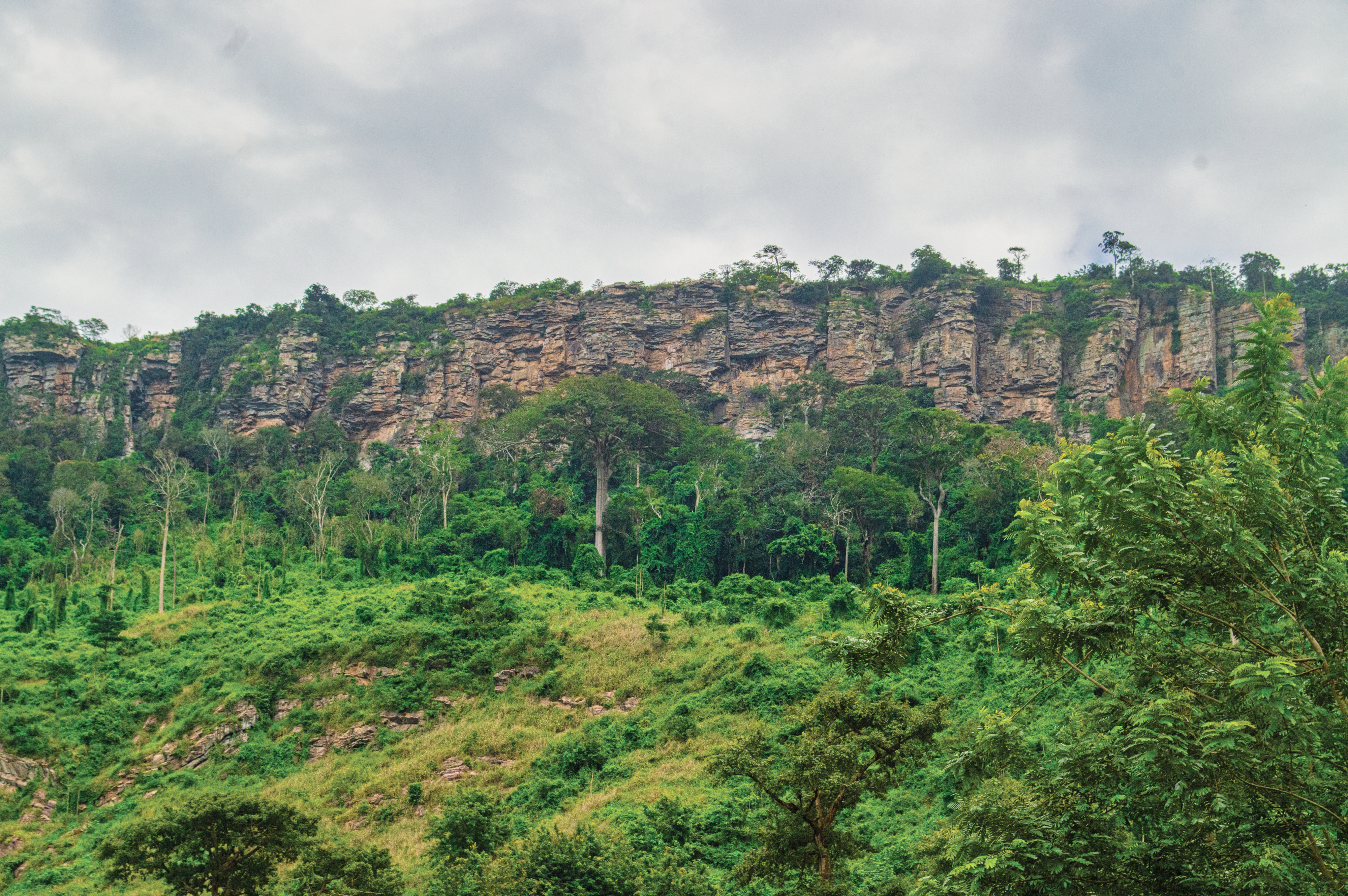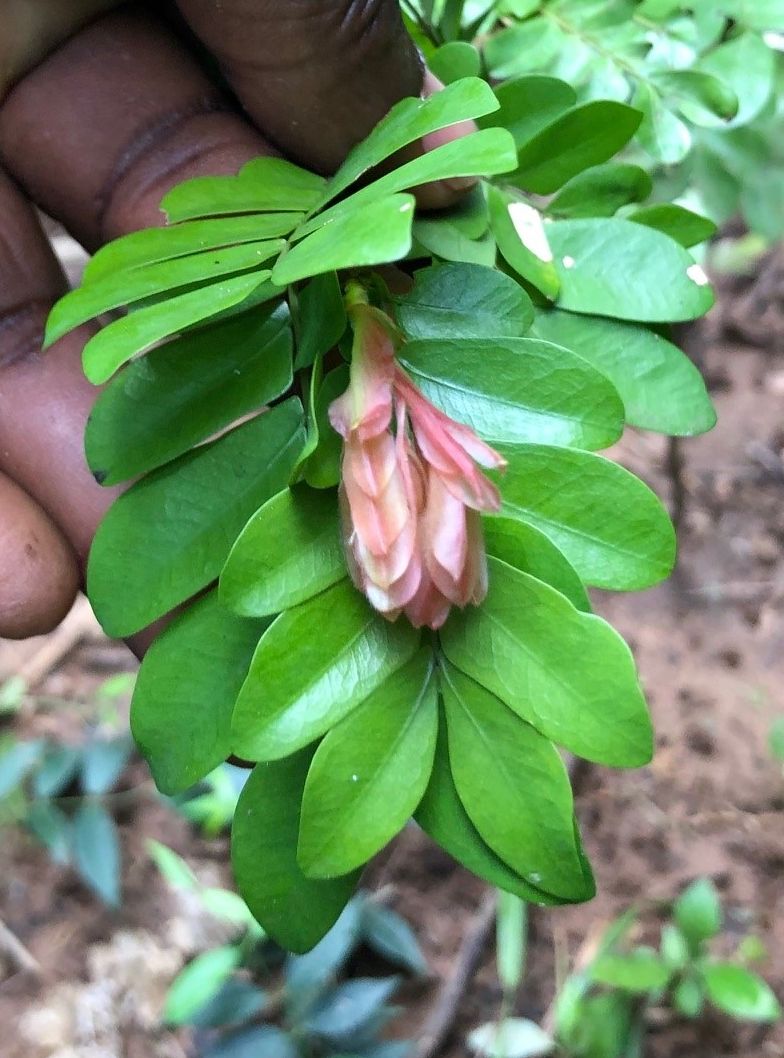
09 Oct Conserving the most threatened tree species of the dry semi-deciduous forests of Ghana
Improving the conservation status of Talbotiella gentii (CR), Hunteria ghanensis (EN) and Drypetes singroboensis (VU) in forest areas of Ghana using in situ conservation strategies.
Partner: Ghana Wildlife Society (GWS) and Kwame Nkrumah University of Science and Technology (KNUST)
Years: 2023-2026, Phase 2
This project will consolidate the achievements of the first phase by conserving 74 hectares of degraded forests that are undergoing ecological restoration since 2020. It will also improve the knowledge of several priority threatened tree species found mainly in dry semi-deciduous forests of Ghana. The project will involve and empower local communities in these efforts to conserve and restore ecologically their forests.
This project seeks to consolidate the achievements of phase 1 of the project by monitoring and maintaining the 74.03 hectares of degraded forests brought under ecological restoration since 2020, using enrichment planting to replace all dead seedlings of Talbotiella gentii (CR) and their associated indigenous tree species planted during the first three years of the project in Yongwa, Bandai Hills, Sapawsu, Anum Boso, Chalet, Akwamufie, Volta Block A&B and Ajena forest reserves. The project will also improve the knowledge gap of Hunteria ghanensis (EN) and Drypetes singroboensis (VU) that occurs mostly in Ghana and few other countries in West Africa including Côte d’Ivoire. Currently, there is limited inventory records of the distribution and the population size of these species in the Ghanaian forests though they have been reported to occur in Ankasa, Yenku, Yongwa, Bandai Hills South, and other forest reserves. This project will investigate the distribution of the known populations of Hunteria ghanensis and Drypetes singroboensis and pilot their restoration. The project will carry out awareness creation on the threats and conservation values of these target species and establish Community Resource Management Areas (CREMAs) to empower the forest fringe communities to participate in the species conservation and restoration efforts.






